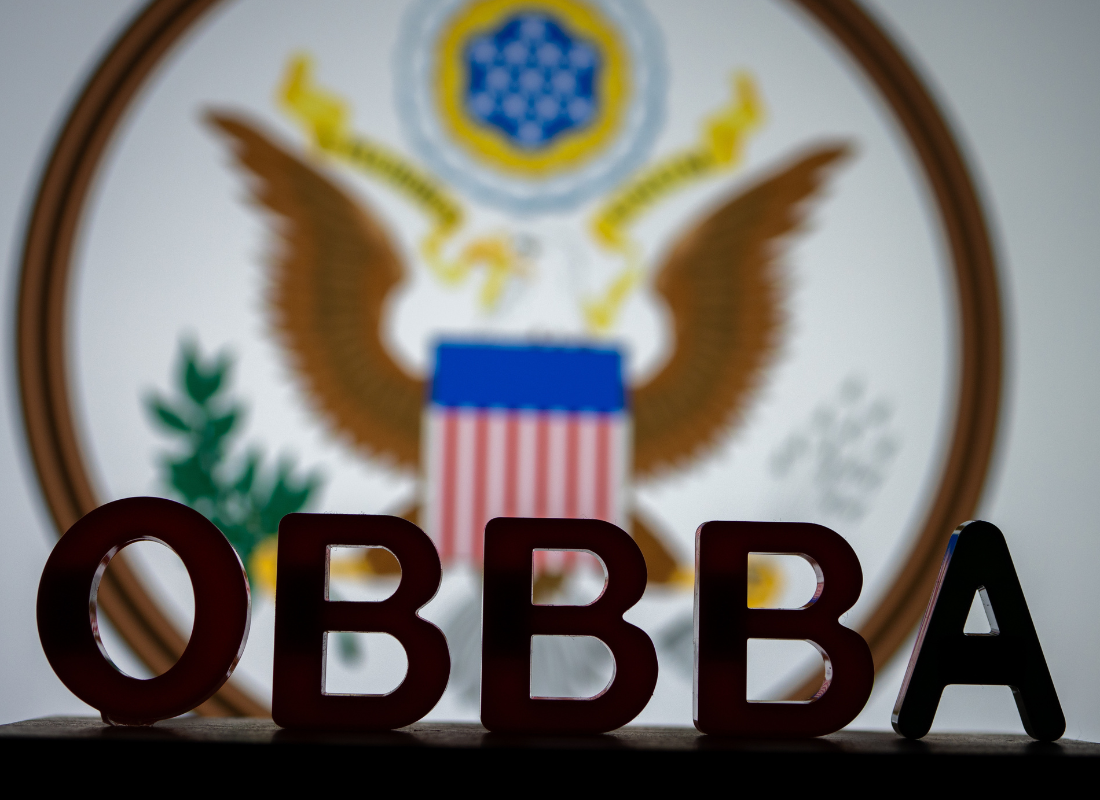New IRS Technical Guides: Key Insights for Higher Education
Originally published on July 18, 2025
In June 2025, the IRS published three new Exempt Organizations Technical Guides (TGs) that update and consolidate prior audit guides. These comprehensive guides cover critical compliance areas, from preventing insider benefit to clarifying charity classifications and managing charitable trusts. While written for IRS examiners, they offer insight for colleges and universities to ensure their operations and fundraising practices align with federal tax requirements.
TG 3-8: Disqualifying and Non-Exempt Activities, Inurement and Private Benefit
Technical Guide 3-8 addresses disqualifying and non-exempt activities, focusing on private inurement and private benefit under IRC §501(c)(3). Simply stated, 501(c)(3) organizations must serve public interests, not private ones. Diverting nonprofit assets to insiders (through excessive executive compensation or preferential transactions with board members) can jeopardize tax-exempt status. Even benefits to non-insiders could be an issue if the benefits predominantly serve private interests rather than a broader charitable class.
TG 3-8 highlights intermediate sanctions under IRC §4958, which impose excise taxes on excess benefit transactions. Instead of or alongside revocation of exempt status, the IRS may levy penalties on insiders receiving undue benefits. For example, an unreasonable salary or below-market lease arrangement can trigger a 25% excise tax on the excess benefit and a 10% penalty on approving managers.
Intermediate sanctions allow the IRS to address insider abuses without revoking an organization’s exempt status. Any amount of private inurement, regardless of size, threatens tax exemption. This makes it essential to limit even incidental private benefits.
Practical Steps for Colleges and Universities Regarding TG 3-8
Strengthen governance policies. Establish robust conflict of interest and compensation policies to prevent insiders from receiving excessive benefits. Ensure an independent committee reviews executive pay and any transactions involving trustees, officers or major donors to confirm they’re at fair market value.
Educate and monitor. Regularly inform leadership and board members about restrictions on inurement and private benefit. Monitor insider transactions to prevent misuse of university resources.
Correct excess benefits promptly. If excess benefits are identified, consult legal counsel quickly. IRS allows correction (repayment) to mitigate penalties, safeguarding the institution and managers from severe consequences.
TG 3-27: IRC Section 501(c)(3) Foundation Classification – Other Public Charities
Technical Guide 3-27 discusses categories of public charity classifications under IRC §501(c)(3), particularly relevant to public colleges, universities and their affiliates. This guide specifically covers classifications such as §170(b)(1)(A)(iv) organizations supporting state and municipal colleges; §170(b)(1)(A)(v) governmental units; §170(b)(1)(A)(ix) agricultural research organizations; and IRC §509(a)(4) public safety organizations.
For higher education, classifications under §170(b)(1)(A)(iv) and (v) are especially pertinent. Public universities often qualify as governmental units, and many have affiliated fundraising foundations that may qualify under §170(b)(1)(A)(iv) — typically requiring substantial government involvement. Agricultural research organizations (170(b)(1)(A)(ix)), created in 2016, support land-grant universities and have specific affiliation and support criteria. The TG provides detailed guidance on qualifying criteria, necessary documentation and compliance tests.
Practical Steps for Colleges and Universities Regarding TG 3-27
Inventory affiliated entities. Review all related organizations in your institution’s orbit, such as alumni associations, fundraising foundations, research institutes, athletics booster clubs, etc. Then determine each entity’s IRS classification (public charity under 509(a)(1)/(a)(3), private foundation, governmental unit, etc.). Understanding which category each falls under will dictate compliance requirements. If an affiliate is intended to qualify under a special category like §170(b)(1)(A)(iv), make sure you have evidence of the requisite relationship to the university (such as state control or enabling legislation).
Maintain public charity qualification. If an entity relies on a public support test (e.g., the general 33⅓% support test of §170(b)(1)(A)(vi) rather than the specialized categories above), monitor its contributions and revenue sources annually. Public university foundations that don’t meet the (iv) criteria might use the public support test; falling below the threshold could jeopardize public charity status. Implement procedures to track support ratios or governmental support to ensure the organization continues to qualify in its intended category.
Plan new structures thoughtfully. When forming new entities or partnerships, consult tax counsel to choose an optimal exemption category. For example, a university creating a nonprofit research arm should consider if it could qualify as an agricultural research organization or as a supporting organization, and what the trade-offs are.
TG 70: Charitable Trusts
Technical Guide 70 offers updated guidance on charitable trusts, particularly non-exempt charitable trusts (NECTs) and split-interest trusts commonly used in university gift planning. Although these trusts have charitable purposes, they are not tax-exempt entities and must comply with private foundation rules under IRC §4947.
For instance, NECTs dedicated entirely to charitable purposes still face restrictions against self-dealing and excise taxes. Split-interest trusts (such as charitable remainder and charitable lead trusts) benefit private individuals and charities, necessitating careful administration to avoid excise tax liabilities.
Many universities leverage planned giving vehicles (e.g., charitable remainder unitrusts) for fundraising. While advantageous, these trusts carry compliance responsibilities. Prohibited actions, such as donor-trustees benefiting personally from trust assets, trigger excise taxes despite the trust’s non-exempt status. TG 70 emphasizes adherence to IRS regulations for trust administration and prepares institutions for potential IRS scrutiny.
Practical Steps for Colleges and Universities Regarding TG 70
Ensure proper trust administration. Ensure trustees adhere to all regulatory requirements, including annual distributions, required IRS filings, and avoidance of self-dealing transactions.
Monitor trusts where you’re a beneficiary. Collaborate with external trustees to safeguard the charitable remainder. Educate donors and trustees about compliance obligations to preserve intended charitable benefits.
Review gift arrangements with experts. Periodically review gift arrangements with legal counsel or planned giving experts to preempt compliance issues.
Educate donors. Inform donors and related parties about regulatory expectations, emphasizing the charitable intent and compliance responsibilities of planned giving arrangements.
The IRS’s new Technical Guides signal areas of focus that higher education leaders should not overlook. Paying insiders fairly but not excessively, maintaining the proper charitable status of each affiliated entity, and diligently administering charitable trusts are all vital to preserving your institution’s tax-exempt standing and reputation. By proactively implementing the above practices, and consulting with qualified tax (and higher education accounting) professionals when needed, colleges and universities can stay ahead of IRS compliance expectations. Doing so helps keep your institution’s charitable mission of serving the public interest on track while avoiding regulatory pitfalls.
All content provided in this article is for informational purposes only. Matters discussed in this article are subject to change. For up-to-date information on this subject please contact a James Moore professional. James Moore will not be held responsible for any claim, loss, damage or inconvenience caused as a result of any information within these pages or any information accessed through this site.
Other Posts You Might Like

